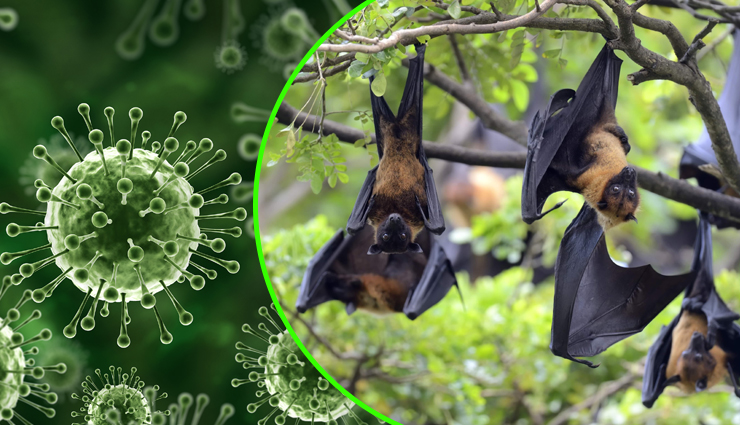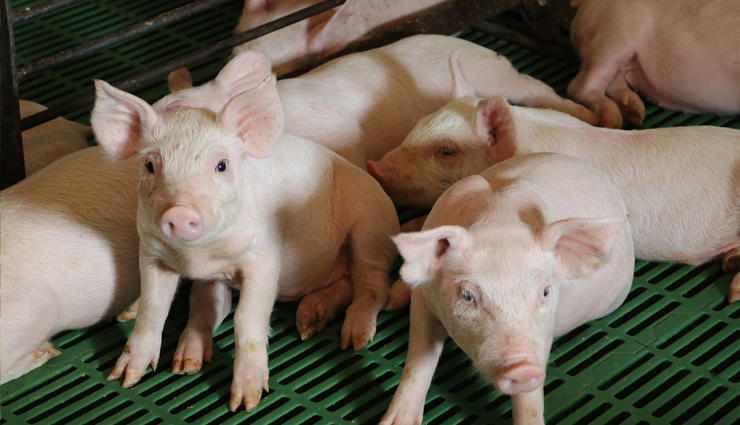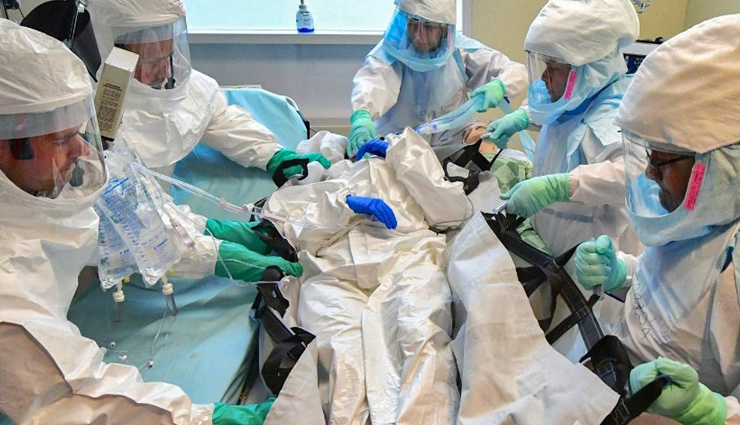Nipah Virus Outbreak in Kerala- Know What it is and Its Early Signs

Kerala Health Minister Veena George confirmed that the boy passed away at the Government Medical College Hospital in Kozhikode due to a massive cardiac arrest. The Pune-based National Institute of Virology confirmed that the boy had succumbed to a Nipah virus infection.
Currently, at least three of the boy's relatives are under surveillance at the hospital, while four others who had contact with him are being monitored at Manjeri Government Medical College Hospital in Malappuram. Ms. George noted that those in high-risk contact categories have not exhibited any symptoms of Nipah infection, and seven samples have tested negative so far.
A previous outbreak in Malappuram and Kozhikode led to 17 deaths in 2018.
The Nipah virus (NiV) is a highly contagious and deadly virus that has caused several outbreaks in Southeast Asia since its first identification in Malaysia in 1999. As a zoonotic virus, it can be transmitted from animals to humans, posing a significant threat due to its high mortality rate and the absence of specific treatments or vaccines.
Understanding who is at risk and recognizing the early signs of infection are crucial in preventing and controlling outbreaks.

# Animal Handlers and Farmers
Individuals working closely with animals, especially pigs and fruit bats, face a heightened risk of contracting the Nipah virus. Pigs serve as intermediate hosts, while fruit bats are the virus's natural reservoirs. Farmers, veterinarians, and slaughterhouse workers who come into direct contact with these animals or their bodily fluids are particularly vulnerable to exposure.
Reason for Risk
Animal handlers and farmers frequently operate in environments where the virus may be present, such as farms and markets. Their contact with infected animals or contaminated materials increases their likelihood of infection.

Healthcare workers treating Nipah virus patients are also at risk, especially if proper infection control measures are not followed. During outbreaks, healthcare facilities can become hotspots for the virus if strict isolation and protective protocols are not maintained.
Reason for Risk
Healthcare workers are on the front lines of outbreak management and may be exposed to the virus through close contact with infected patients, their secretions, or contaminated surfaces and equipment.
People living in regions where the Nipah virus is endemic, such as certain parts of Bangladesh and India, are at a greater risk of infection. Outbreaks in these areas can spread rapidly within communities, particularly where awareness and preventive measures are insufficient.
Reason for Risk
Living near natural reservoirs like fruit bats and the potential for animal-to-human transmission heightens the risk for those in endemic areas. Limited access to healthcare and a lack of awareness also contribute to higher infection rates.
Travelers to areas experiencing Nipah virus outbreaks are at risk, particularly if they visit places with active animal markets or healthcare facilities treating Nipah patients. Awareness and preventive measures are essential for travelers to reduce their risk.
Reason for Risk
Travelers may unknowingly come into contact with infected animals, contaminated food, or surfaces. They might also lack the necessary knowledge to recognize early signs of infection or take appropriate precautions.
Close contact with Nipah virus-infected individuals, such as family members or caregivers, can lead to person-to-person transmission. The virus can spread through respiratory droplets, saliva, urine, and other bodily fluids.
Reason for Risk
Person-to-person transmission is a significant concern during outbreaks. Caring for or living with infected individuals without proper protective measures increases the likelihood of contracting the virus.Early Signs of Nipah Virus Infection
A sudden onset of high-grade fever is one of the earliest and most common symptoms of Nipah virus infection. This persistent fever often appears before other symptoms, acting as the body's initial response to the viral invasion and serving as an early warning sign.
While fever is a common symptom of various infections, in the context of Nipah virus, it may indicate the beginning of a severe and potentially life-threatening illness. Prompt detection and isolation are crucial to preventing the virus's spread.
Individuals infected with the Nipah virus often experience severe headaches alongside fever. These headaches can be intense and debilitating, signaling the body's systemic response to the infection.
Persistent and severe headaches, particularly when accompanied by other symptoms, should trigger immediate medical attention. It's important to distinguish these headaches from those caused by less serious conditions.
As the Nipah virus infection progresses, neurological symptoms like dizziness, confusion, and altered mental status may develop. These signs indicate that the virus is impacting the central nervous system, potentially leading to encephalitis (inflammation of the brain).
Neurological symptoms are a serious and alarming indication of Nipah virus infection, with the potential to quickly worsen into seizures, coma, or death. Early recognition and intervention are critical to managing these severe complications.
Nipah virus infection can also manifest with respiratory symptoms such as cough, sore throat, and difficulty breathing. In severe cases, acute respiratory distress syndrome (ARDS) may develop, necessitating intensive medical care.
Respiratory symptoms contribute to the spread of the virus, especially in crowded environments. Early identification and isolation of patients with respiratory involvement are essential for controlling outbreaks.
Generalized muscle pain (myalgia) and extreme fatigue are common early symptoms of Nipah virus infection. These symptoms can greatly impair daily functioning and are often accompanied by a general sense of malaise.
Although muscle pain and fatigue are non-specific, their presence alongside other symptoms like fever and headache should raise suspicion of Nipah virus infection, particularly in endemic areas or during outbreaks.